Ship repair was the principal activity of Cockatoo Dockyard from 1857 to 1991. Some 12,000 ships, submarines and boats were docked or slipped on the island during those years, a number unapproached by any other ship repair establishment in Australia. Dockings and slippings only represented part of the workload — much work was done on ships which were not docked or were worked on at other locations, like the remarkable transformation of the Cunard liner Queen Mary into a troopship in only fourteen days in 1940. The work was carried out on the ship anchored in Athol Bay inside Bradley’s Head.
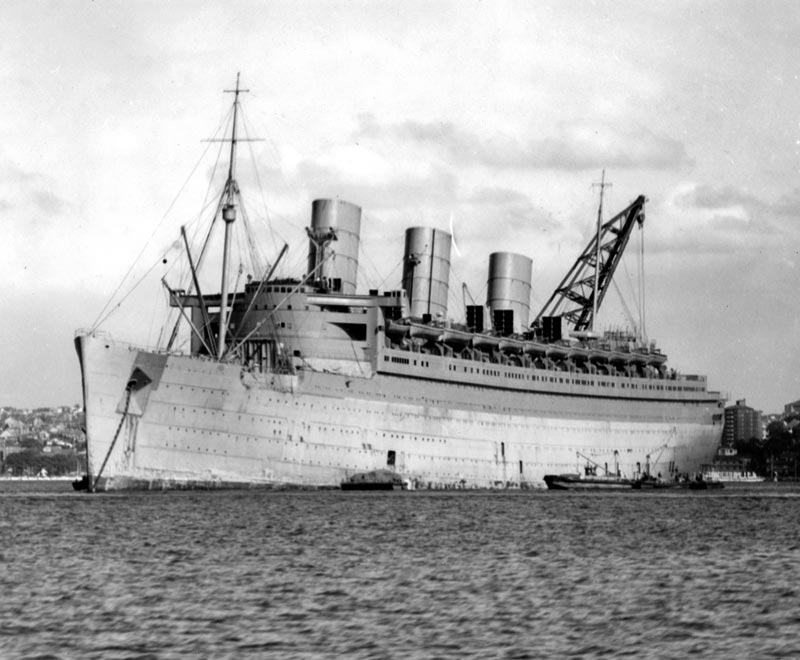
The first merchant ship to be docked in the Fitzroy Dock (apart from government vessels) was the liner Benares in May 1859. Merchant ships were usually only taken in hand at Cockatoo Island when other ship repair facilities in Sydney were unable to handle them. A notable commercial repair was that of the liner Austral which sank in Neutral Bay with the loss of five lives in November 1882. Temporary repairs were completed at Cockatoo following the salvage of the ship after 122 days on the bottom of the Harbour.
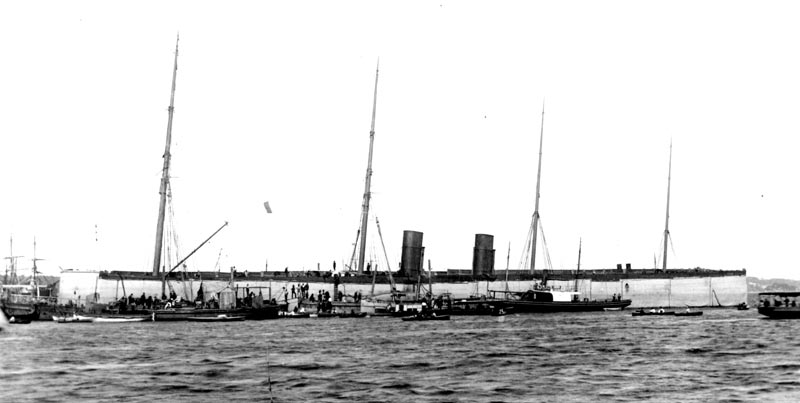
Meanwhile, many notable naval ships came to the island, including the famous HMS Calliope after her escape from a severe hurricane which sank four German and United States ships with the loss of 146 lives at Apia in March 1889.
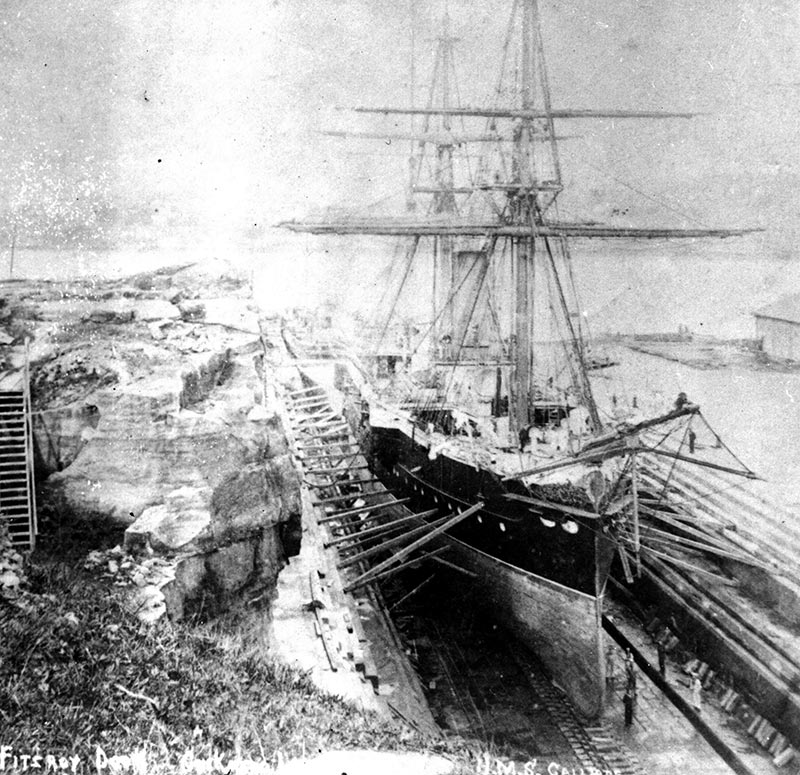
After the opening of the Sutherland Dock in 1890, more commercial dockings came to Cockatoo, but the numbers declined again in the early years of the new century. The outbreak of World War I resulted in a massive increase in the dockyard’s workload, including the conversion of twenty-one merchant ships to transports in 1914 and 1915. The flagship of the new Royal Australian Navy, the battle cruiser HMAS Australia came to the island for the first time in May 1914, and the dockyard attended to ships of several other navies including the Royal Navy and Japanese Navy during the war.
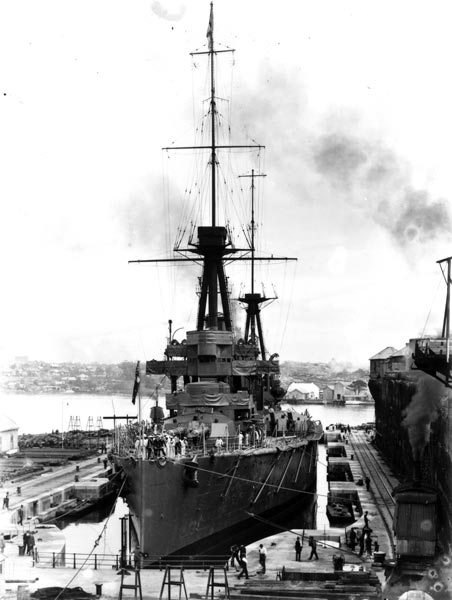
After a busy period returning transports to commercial service, the dockings of ships of the Commonwealth line kept Cockatoo busy in the early years of the 1920s. Work declined with the sale of those ships and the approaching Depression, but over the next decade or so many famous ships came to the island, including the outstanding Union Steamship Company liner Awatea.
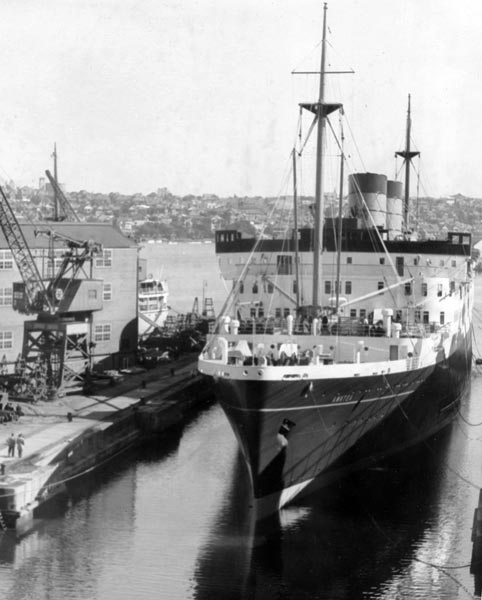
In 1936, Cockatoo completed an unusual repair to the Norwegian tanker Vardaas, which effectively broke her back when grounded off the Queensland coast. The ship was cut in two and her hull was realigned during the two-month repair in the Sutherland Dock.
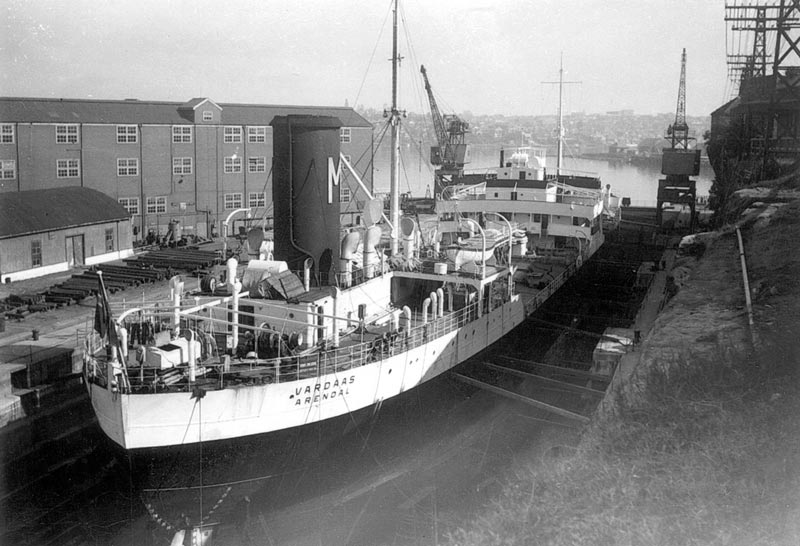
After the outbreak of World War II, Cockatoo Dockyard converted the liner Moreton Bay into an armed merchant cruiser, the liners Manunda and Oranje into hospital ships and a number of the great North Atlantic ocean liners into troop transports, including the famous Cunard ships Queen Mary, Queen Elizabeth, Aquitania and Mauretania. The work on the first two ships was done while they were anchored in Athol Bight east of the Sydney Harbour Bridge. In 1942–43 Cockatoo was the main ship repair base in the south-west Pacific, and during World War II many Australian and allied warships were repaired and refitted at the dockyard. They included the cruisers USS New Orleans, USS Chicago, USS Chester and USS Portland which had all been severely damaged by torpedoes. In 1943–44 the Australian cruiser HMAS Hobart, which had been torpedoed near Espiritu Santo, was repaired and modernised at the dockyard.
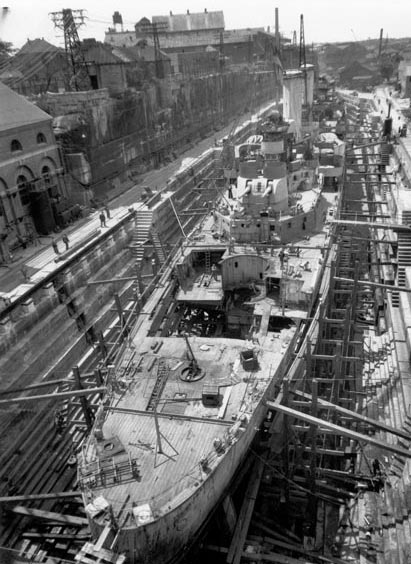
During World War II some 250 ships were converted, overhauled or repaired by Cockatoo Dockyard. Together the docks serviced 750 ships.
Repair and refit of naval and commercial ships continued in the decades after the war, although the number of merchant ships gradually declined as the size of ships increased and the facilities at Cockatoo Island became less useful. The refit of naval surface ships peaked during the Vietnam War years, with many refits of ships ranging from the troop ship (ex-aircraft carrier) HMAS Sydney, through destroyers and frigates to patrol boats of the Attack class.
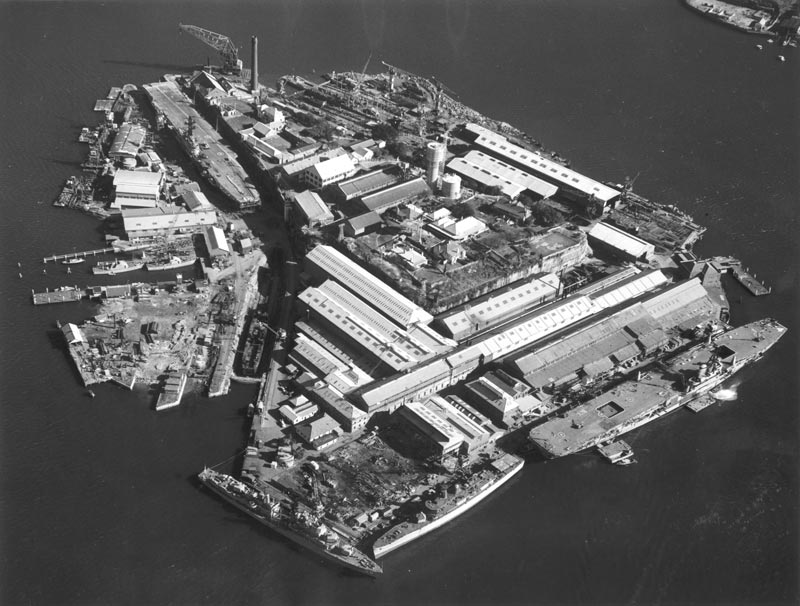
Notable work during the 1960s included the repairs to the aircraft carrier HMAS Melbourne after her collisions with the destroyers HMAS Voyager and USS Frank E Evans in 1964 and 1969.
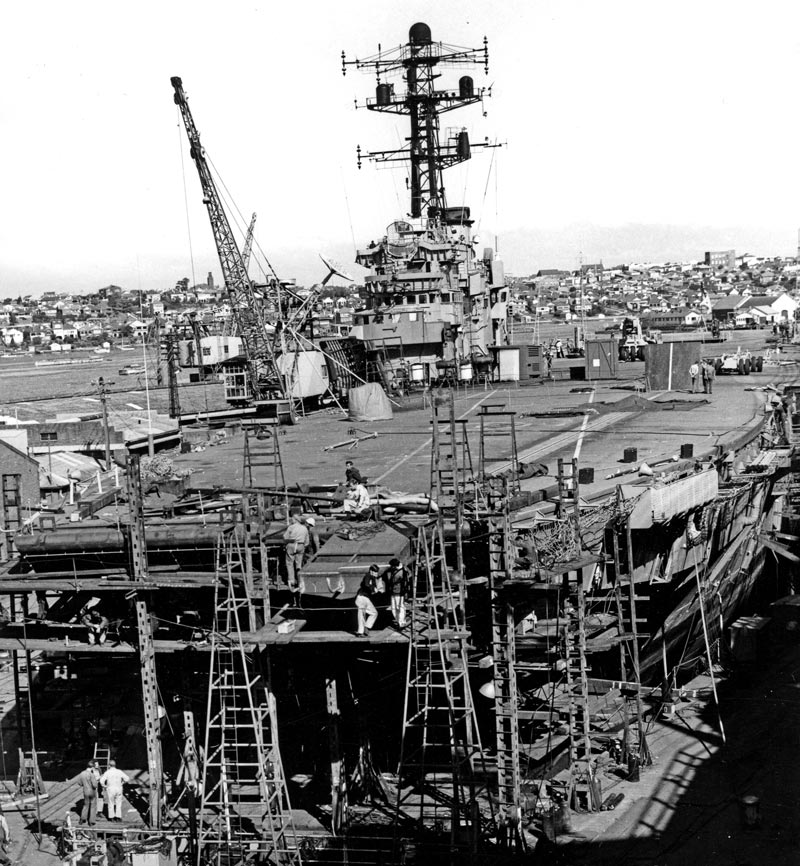
Most of the docking and repair work carried out at Cockatoo Island in the last fifteen years of the dockyard’s operation was for the RAN. The last major surface-ship refit completed at the dockyard was that of HMAS Jervis Bay in 1989.